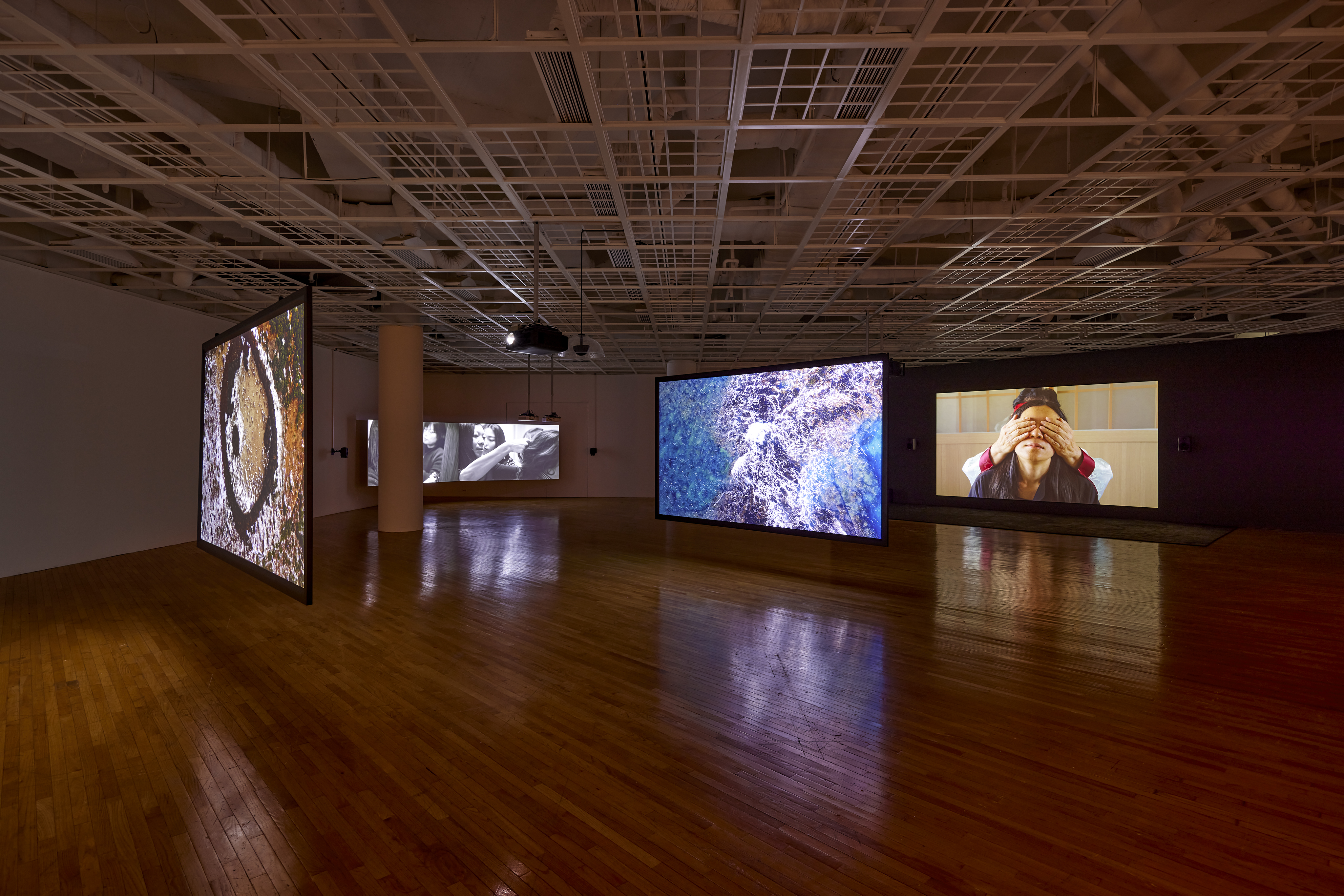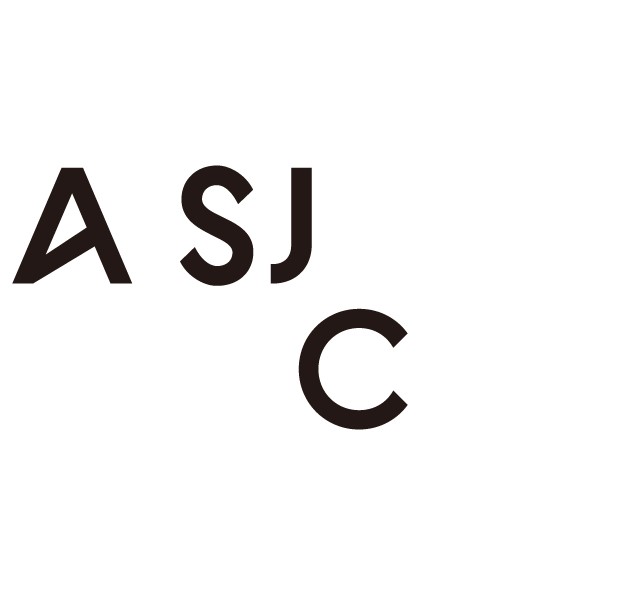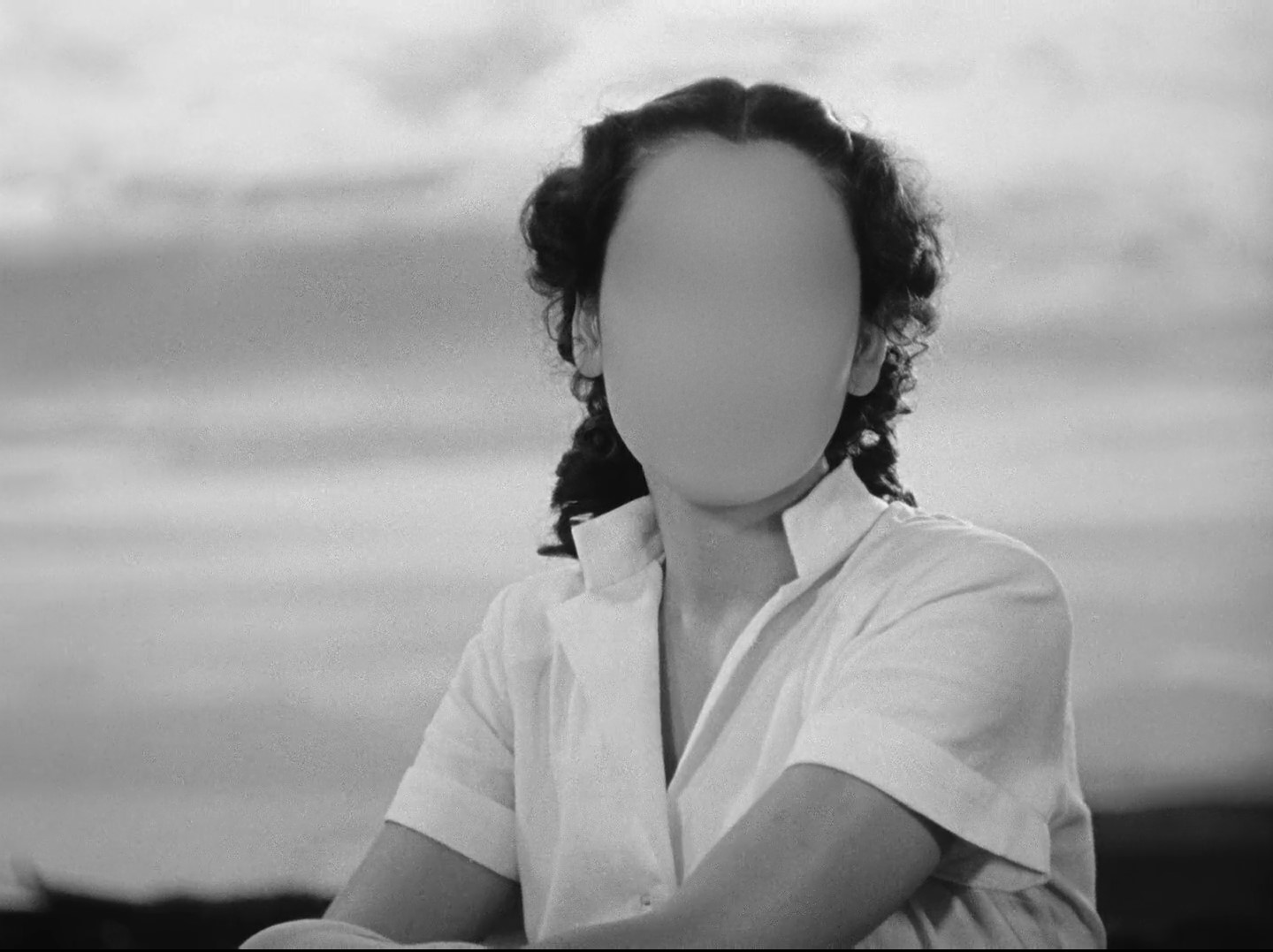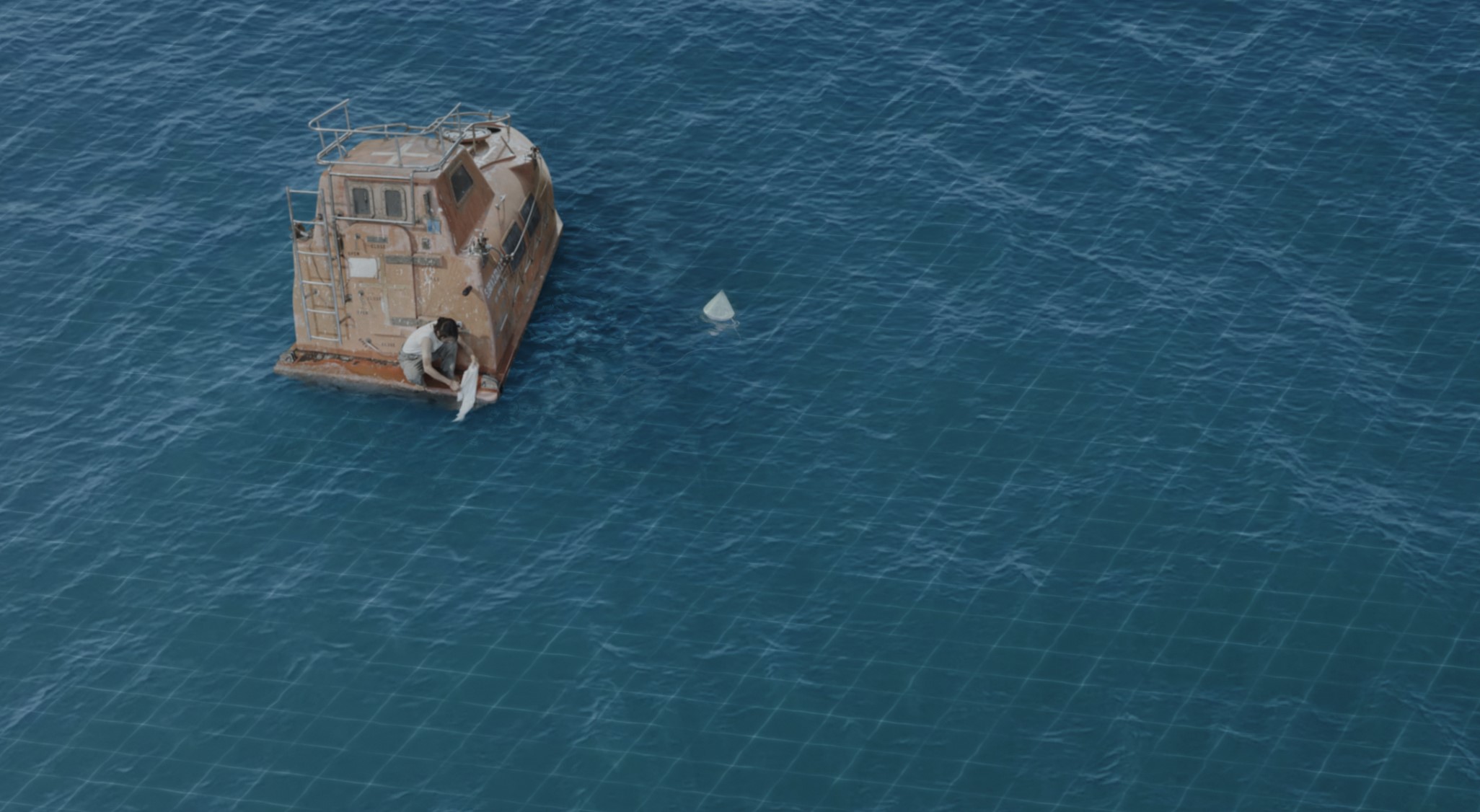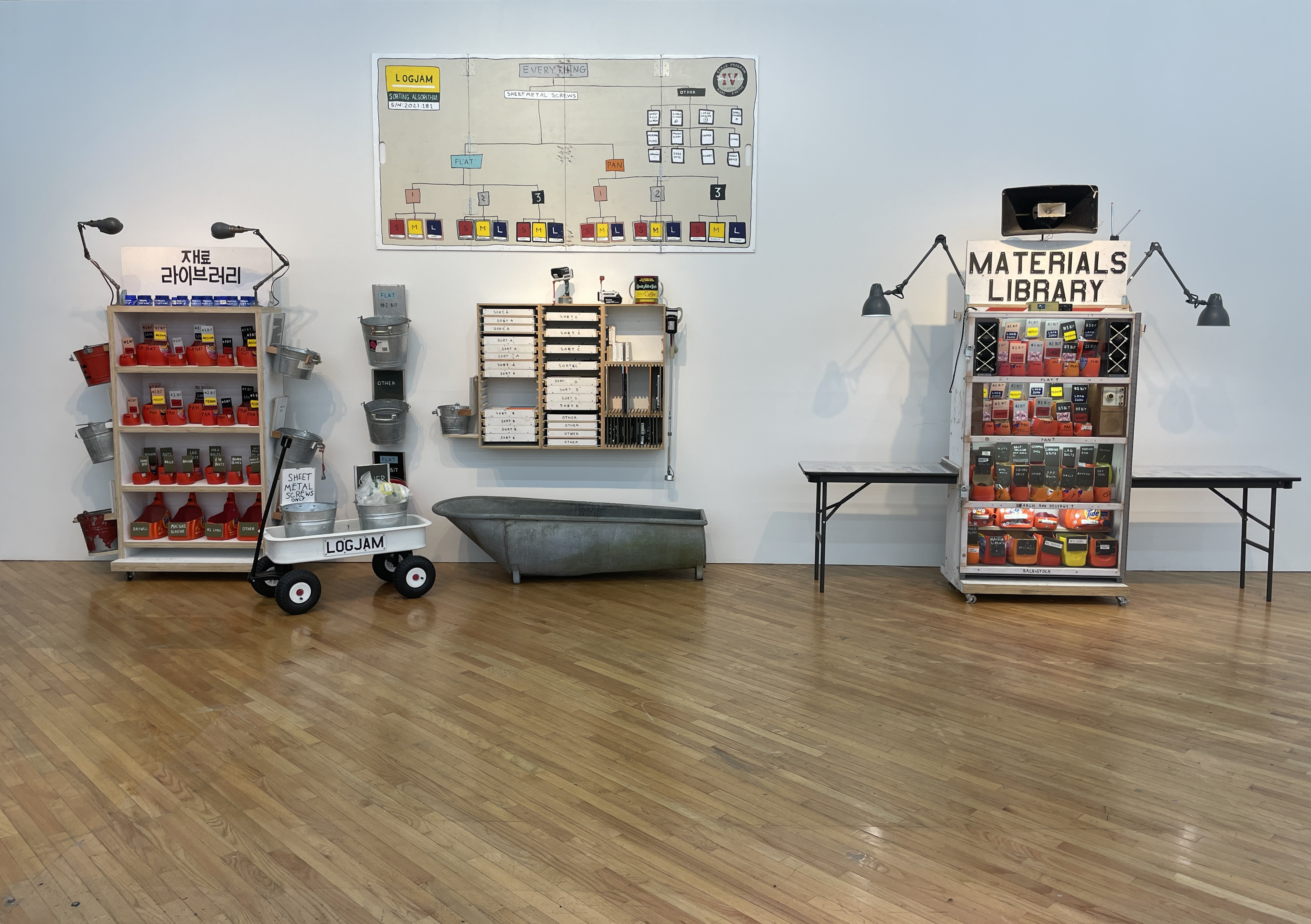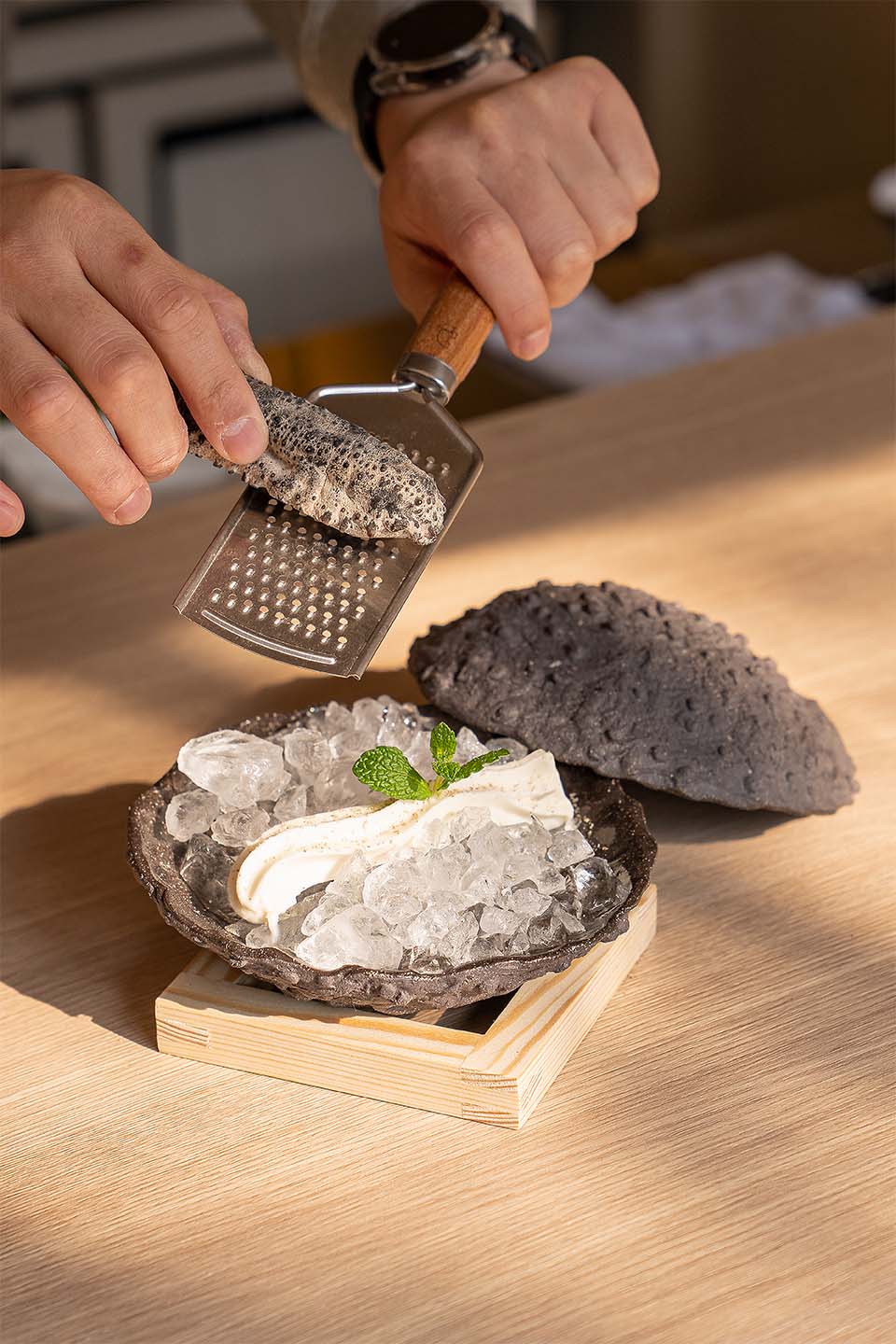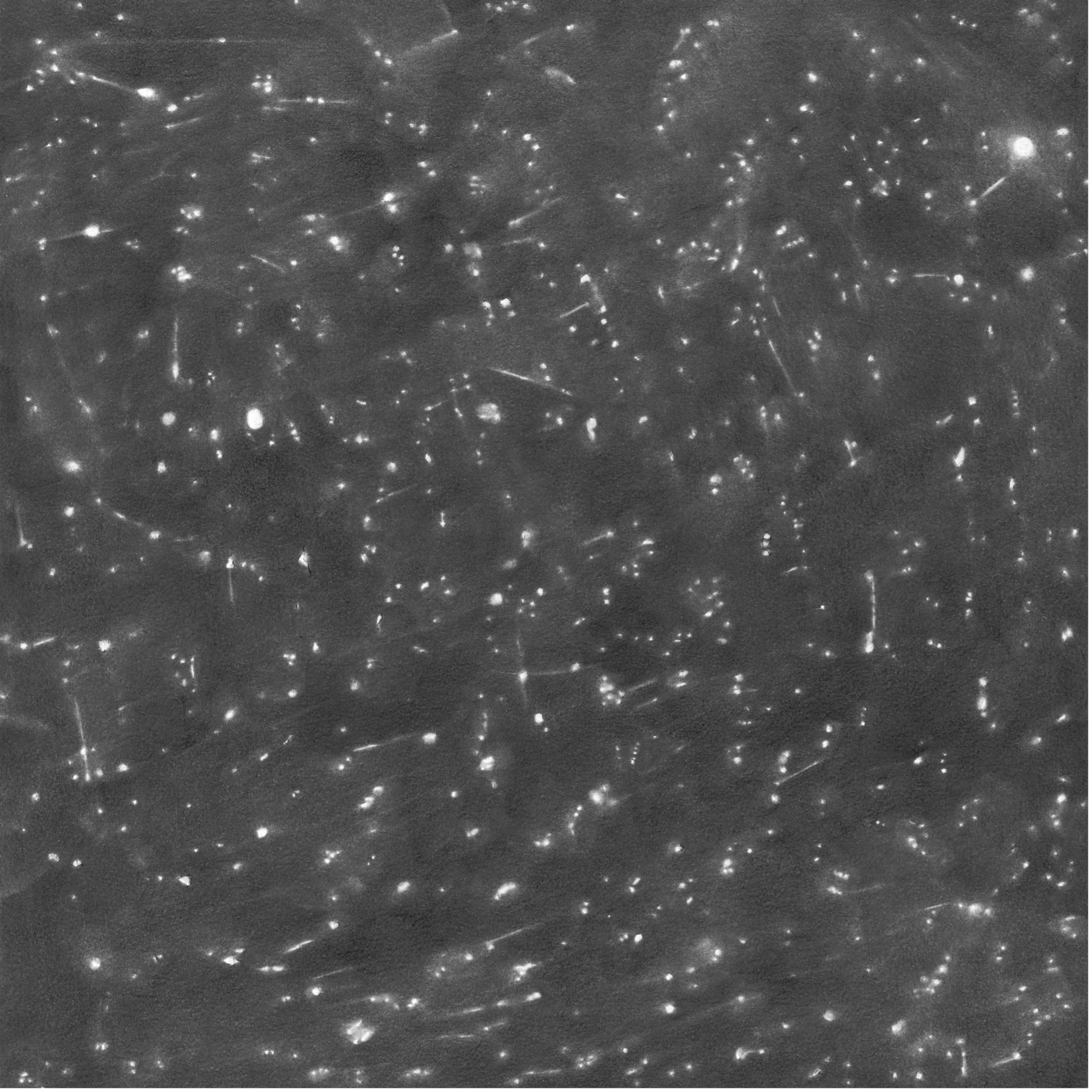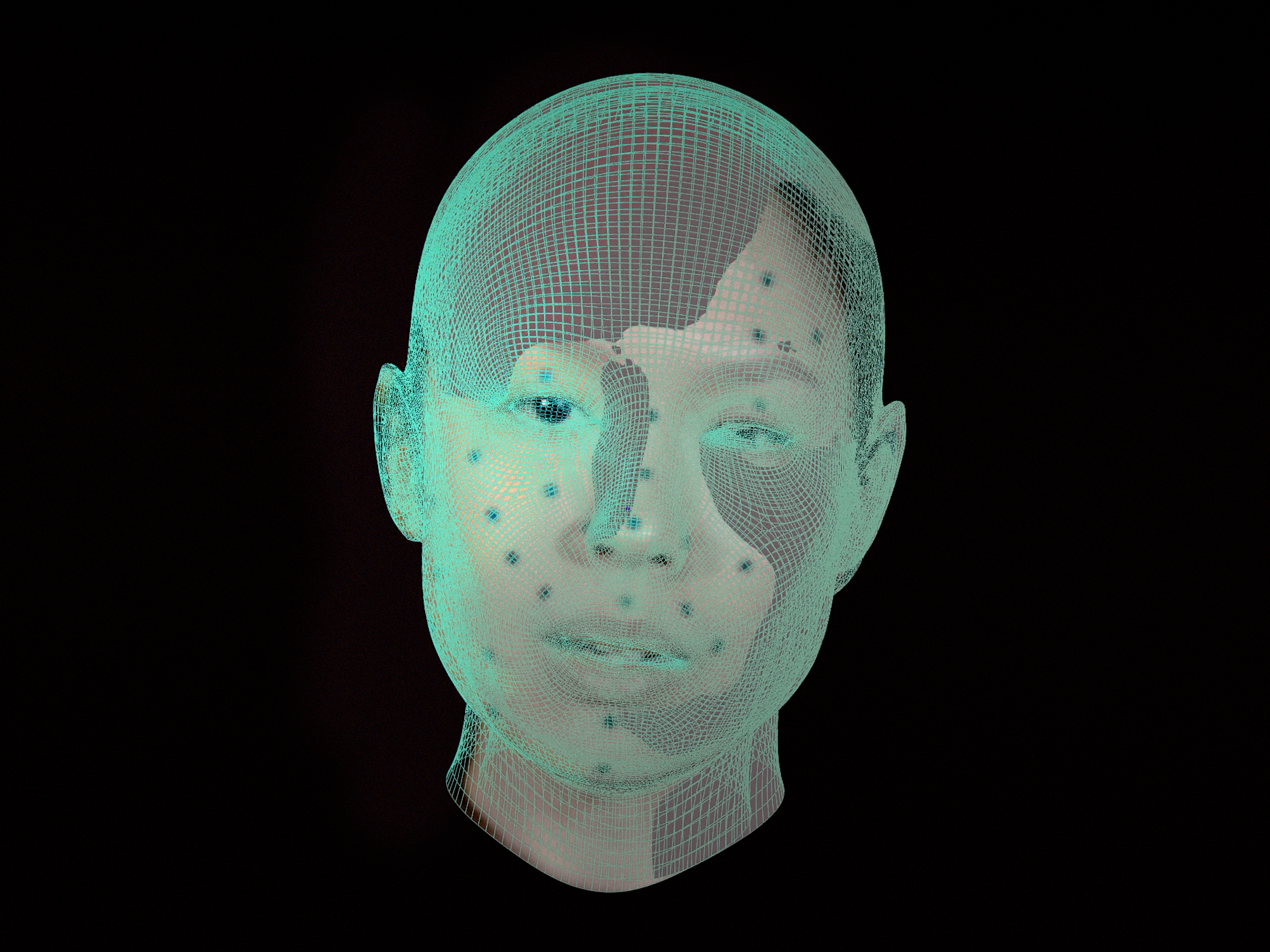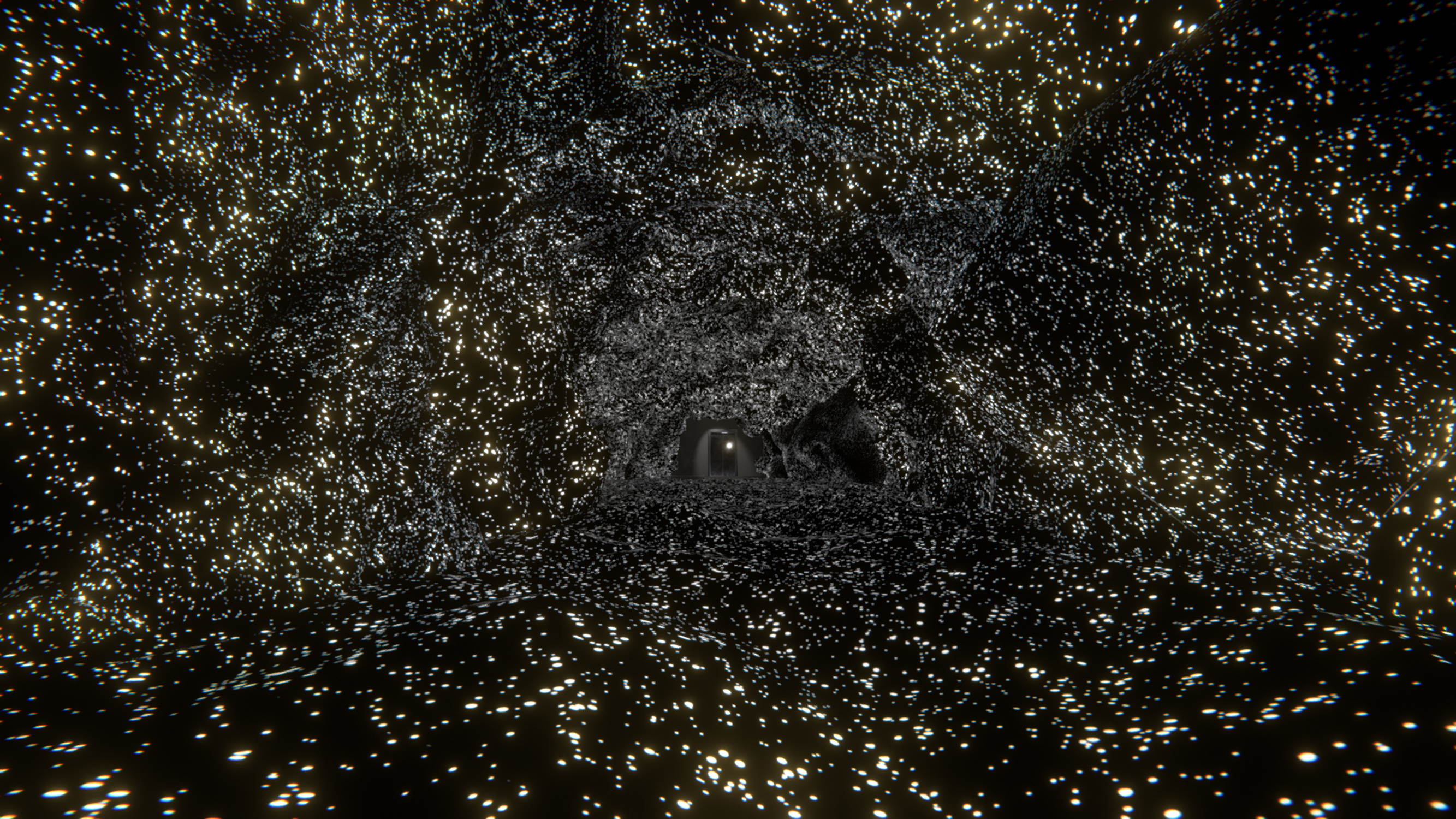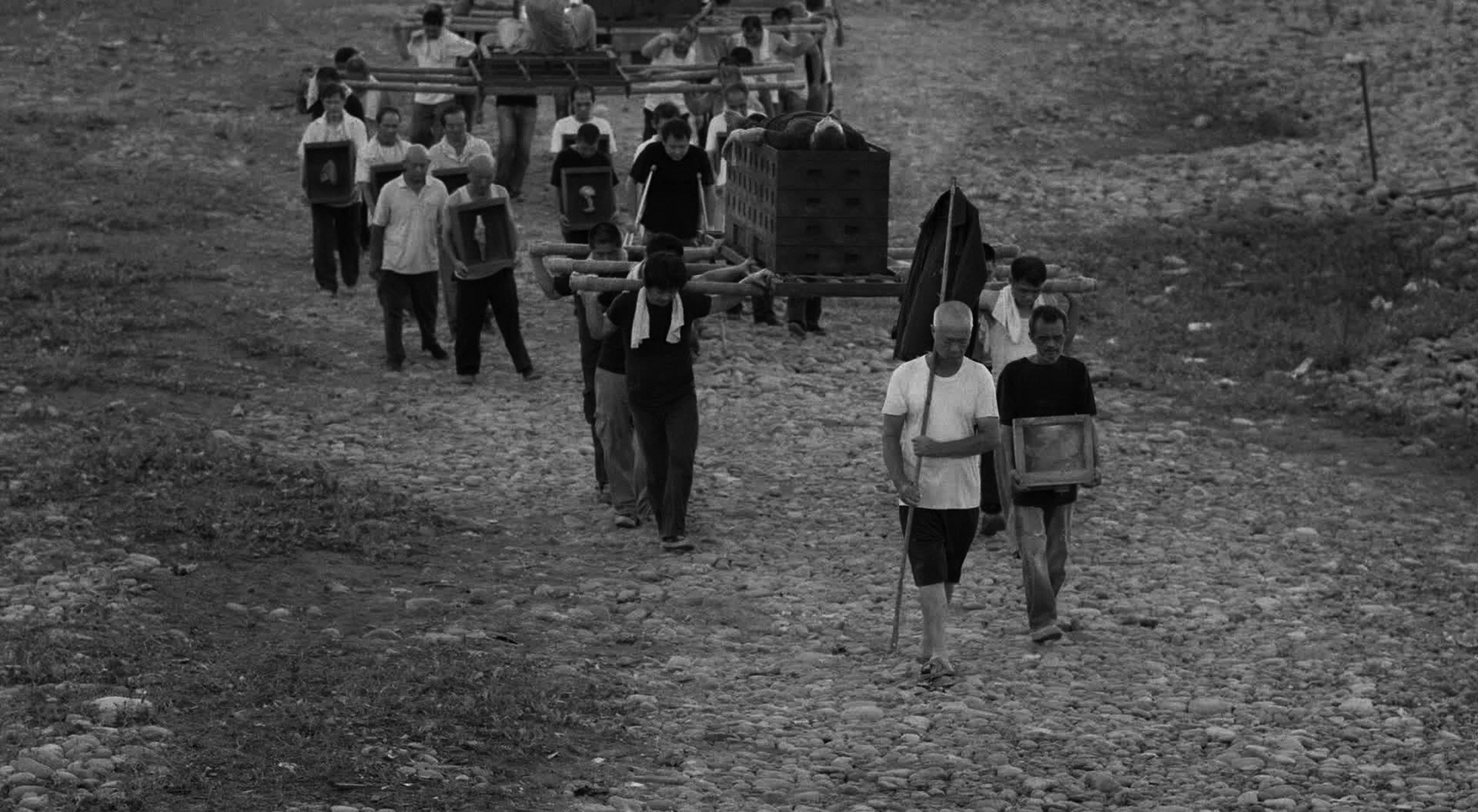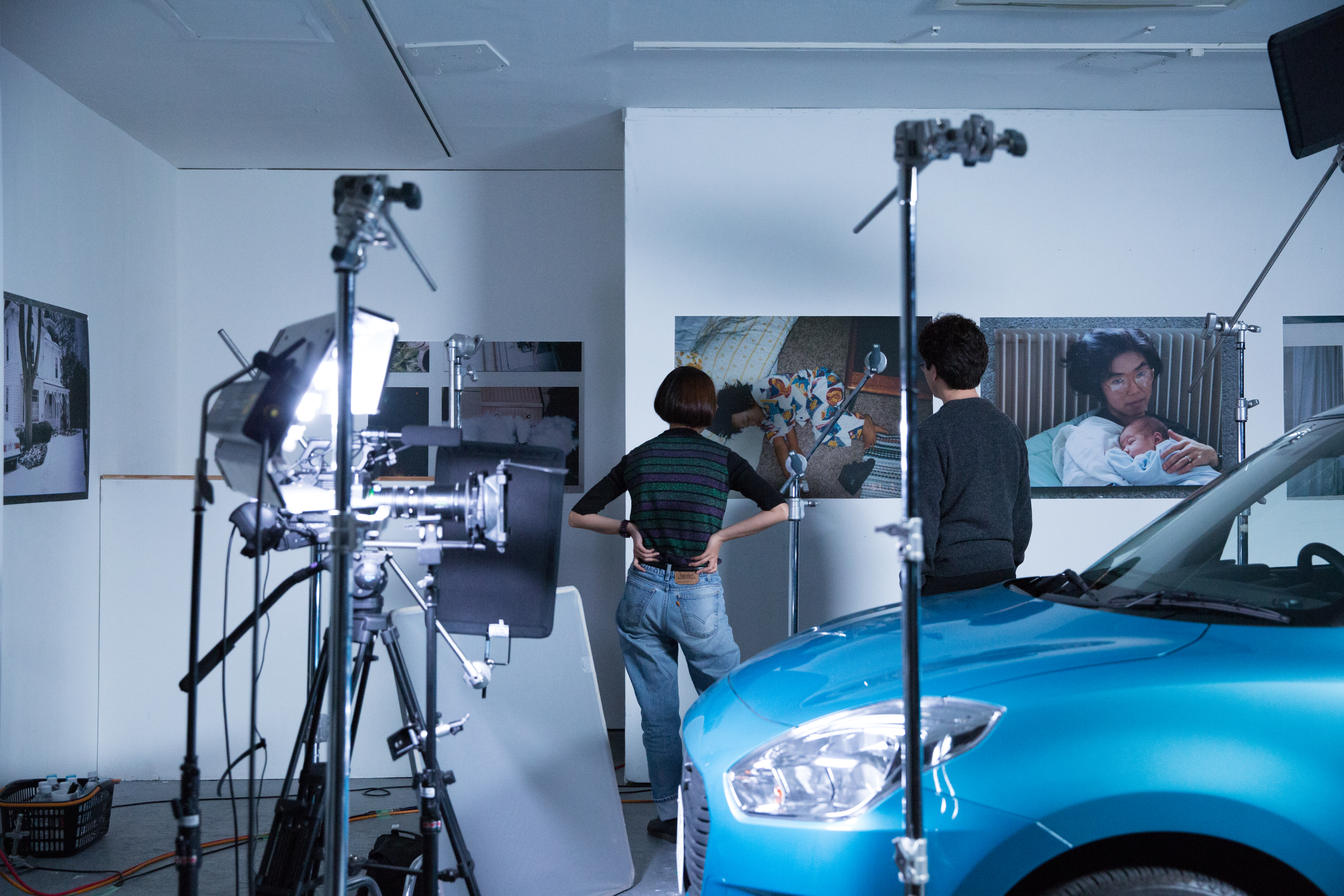Yeesookyung: Moonlight Crowns
July 29–September 26, 2021
87 Yulgok-ro 3-gil, Jongno-gu
03062 Seoul
South Korea
Hours: Tuesday–Sunday 12–7pm
T +82 2 733 8949
F +82 2 733 8377
artsonje.press@gmail.com
Moonlight Crowns is a new series by Yeesookyung, an artist who adopts crowns as a motif for her artwork. The works are structured in such a way that they expand upward from the crown shape at the very bottom. Upon a small, crown-shaped base, they have a bulging middle section reminiscent of an urn, and a thin, sharp upper section resembling a spire tip. The sculptures range in height from 100 to 225 centimeters, creating a landscape that calls to mind a crowd of 11 people standing in the exhibition space.
Drawing inspiration from a Silla gold crown and Baekje gilt bronze incense burner, Yeesookyung uses the crown—a symbol of power—as a support rather than placing it atop a head, drawing out of it an artwork that is both spiritual object and body. As the viewer approaches the sculptures, their gaze is captured by the detail of the individual pieces: Yeesookyung has covered her sculptures densely in a mixture of craft materials such as iron, brass, glass, pearl, mother-of-pearl, various rough gemstones, and mirror shards. The various symbolic patterns and forms that emerge are beautiful and amusing: angels, praying hands, crosses, dragons, plants, cartoon characters, magic wands, and more. The shapes that are created as the materials come together are like mosaics of fragments, which also seem to melt as if dissolved in flames. It is an approach that entails an intricate crafting process. Combining contemplation with labor, it is a process that the artist herself has referred to as “automatic writing”—a state of hypnotic concentration, as if reciting a written prayer. In the Moonlight Crowns series, the artworks form symmetrical pairings similar to those used often by the artist in her previous work. They resemble the bright and dark sides of the moon, as sculptures with brilliant gemlike colors are paired with ones that are heavy, black, and dull. It is like the contrasts between light and dark, life and death, heaven and hell—but these are not “either-or” contrasts where one or the other is assigned particular weight or precedence. The sculptures have the same composition in terms of form and size, only with different materials and colors; they exist as parallel objects, as if to allude to the existence of ambivalence in every kind of situation in the world, and the coexistence of an “other side.”
For Yeesookyung creating her Moonlight Crowns is as though she was sweeping up the scraps of religion, mythology, and belief dangling from the edges of fragmented objects and melting them with the fire of her fingertips. Recalling the comfort that it gave her to concentrate so deeply on the making of her artwork, she anticipates that it might transcend situations of death, fear, and frustration to convey the sense that “our bodies are sacred temples, our spirits resplendent crowns.”
Curated by: Haeju Kim (Deputy Director, Art Sonje Center)
Exhibition management by: Hyo Gyoung Jeon (Curator, Art Sonje Center)
Organized by: Art Sonje Center
Supported by: Ministry of Culture, Sports and Tourism, Seoul Metropolitan Government, Seoul Foundation for Arts and Culture, Arts Council Korea
Community of Parting is the solo exhibition by Jane Jin Kaisen, an artist based in Denmark whose work concerns themes of history, memory, translation, and migration. It features three recent works by Kaisen which are rooted in the artist’s ancestral island of Jeju and her many years of research into Jeju shamanism. Juxtaposing the voices of repressed and marginalized communities with images and archival materials related to the historical incidents involving them, Kaisen explores an aesthetic approach that incorporates multifaceted perspectives on events and multiple voices.
The 72-minute film installation Community of Parting takes its title from a passage in the book Woman, I Do Poetry by the poet Hyesoon Kim. For its narrative framework, the work invokes the shamanic myth of Princess Bari. Abandoned at birth for being female, Bari is eventually offered to inherit half the kingdom after reviving the dead, but chooses instead to become a shaman mediating at the threshold of the living and the dead. As in that story, Bari in Kaisen’s work symbolizes loss, but also resilience and recovery, and transgressive potential of “otherness.” The symbolism of “abandonment” is echoed in portrayals of the divided land of the Korean Peninsula (including Jeju) and the country’s modern history. Within Kaisen’s work, various spaces, times, and voices are intertwined without hierarchy, including those passed through by the artist herself and women of the diaspora whom she met over a five-year period in locations such as the DMZ, Jeju, Seoul, North Korea, Japan, China, Kazakhstan, Germany, and the United States. Intercut with this are scenes of the shamanic ritual performed by Koh Sunahn—a survivor of the Jeju April 3 incident—which are repeated like a refrain throughout the video. These polyphonic voices create a rhythm of rupture and integration as they combine with the metallic echoes of shamanist paraphernalia, the sounds of a metal detector searching for mines along the DMZ, and the laments of the shaman being possessed by a dead spirit.
The Pull of the Moon consists of images taken as the artists placed objects in a tidal pool by the black lava rocks of Jeju Island, which is exposed when the tide rolls out and obscured when it rolls back in. The items placed on the rocks at the threshold moment of the tide include vernacular and shamanic sacrificial objects also portrayed in Community of Parting: brass bowls, fruit and rice offered to the sea by the haenyeo diving women of Jeju after saying a prayer, and myungsil, white cotton thread. Positioned on the rock like a fine crack, the myungsil cotton thread connects with the skein-like knot of hair in Braiding and Mending. A white skein symbolizing life and the hope of longevity presents us with a community of comfort, of mutual connection and mending, in the image of women seated in a circle braiding one another’s hair. Through these works, the exhibition shares Jane Jin Kaisen’s aesthetic vision: one of discovering and subverting the intersections of individual and community memory in marginalized places, people, and events as she explores the possibilities of alternative communities and pathways.
Curated by: Haeju Kim (Deputy Director, Art Sonje Center)
Exhibition management by: Heehyun Cho (Curator, Art Sonje Center)
Organized by: Art Sonje Center
Supported by: Arts Council Korea, Danish Arts Foundation, Embassy of Denmark in Korea

